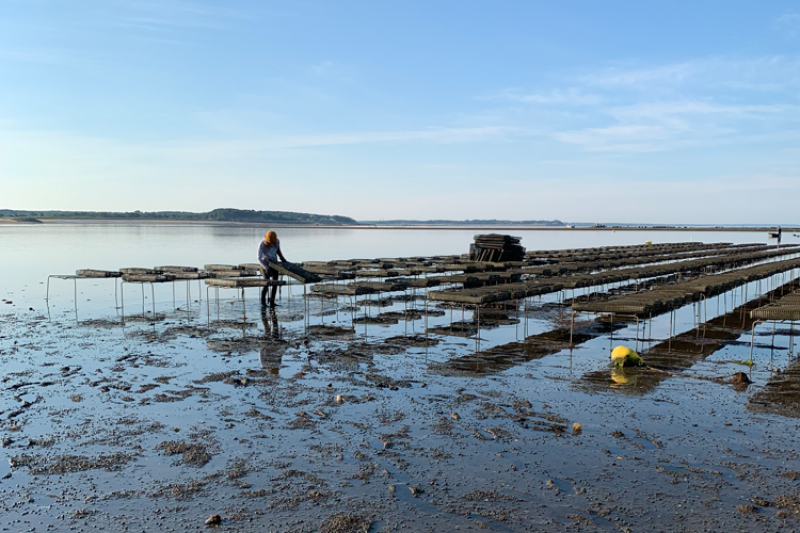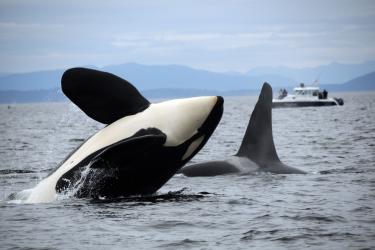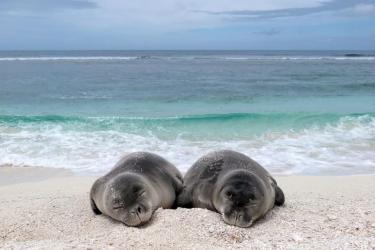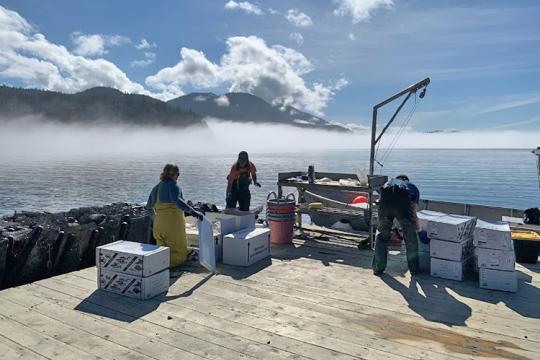In the United States, we have a small, vibrant, and growing aquaculture community. Aquaculture growers farm dozens of different species, including oysters, clams, mussels, shrimp and crayfish, as well as fish like trout, catfish, salmon, and even plants of seaweed like kelp.
The United States is a huge market for seafood. But despite having millions of square miles of coastline and ocean access, we import at least two thirds of the seafood we consume. Of that two thirds, half of that seafood—mostly shrimp and salmon—is farmed as opposed to being wild caught. Considering our millions of miles of ocean, U.S. aquaculture production is relatively tiny. And it has also stayed constant over the last 20 years. By contrast, other countries’ aquaculture production has increased many fold. And we are buying it.
On this episode, we talk with Dr. Michael Rubino, NOAA Fisheries’ Senior Advisor for Seafood Strategy and formerly the director of the Office of Aquaculture. He’s been thinking a lot about farmed seafood’s place in the greater industry, and how technology and innovation have made it safer and more sustainable. Recently, he published an article about aquaculture policy considerations outlining some opportunities and challenges facing it. Follow along as we unpack these key considerations and opportunities for the future of U.S. aquaculture.






